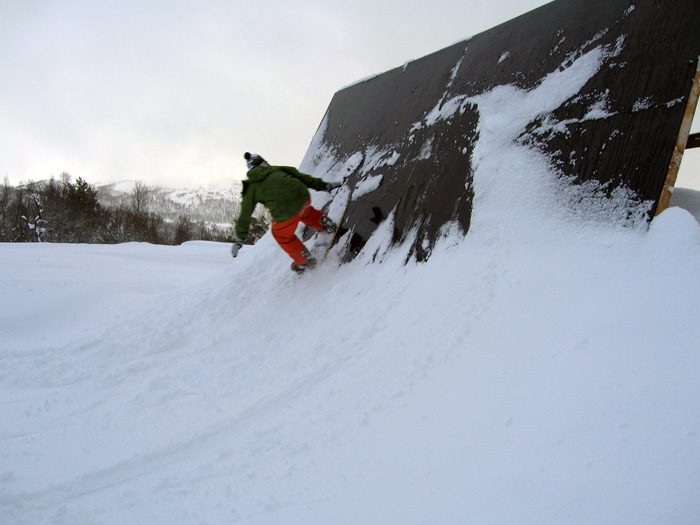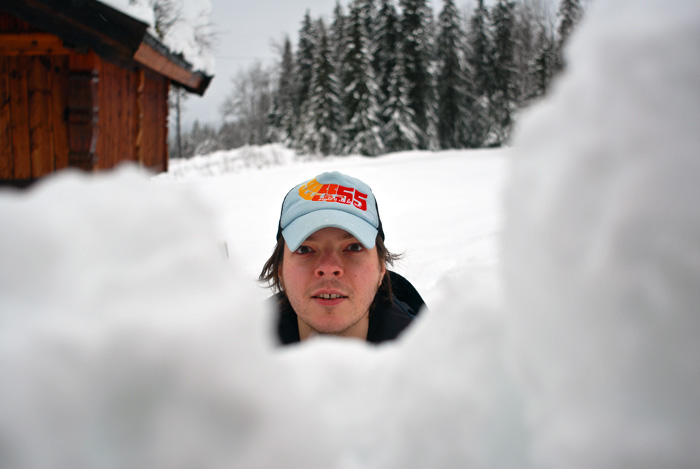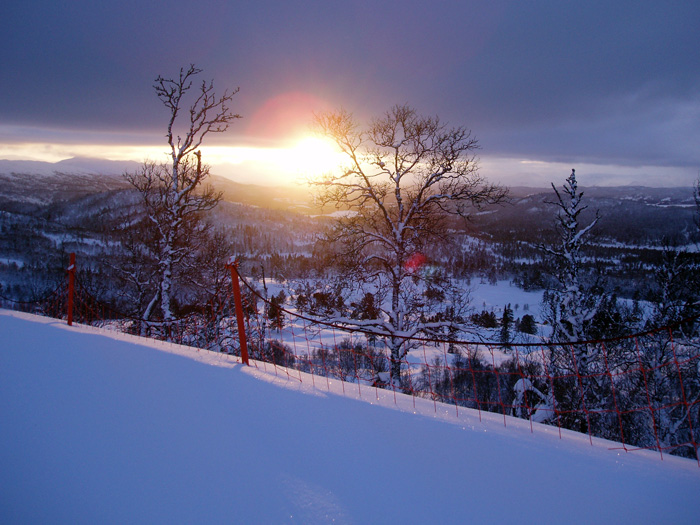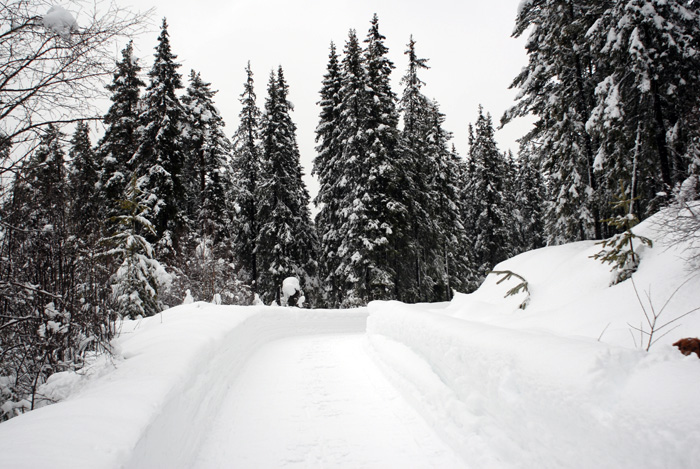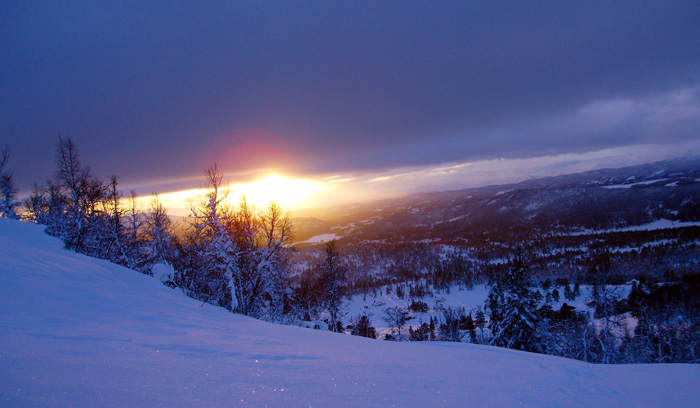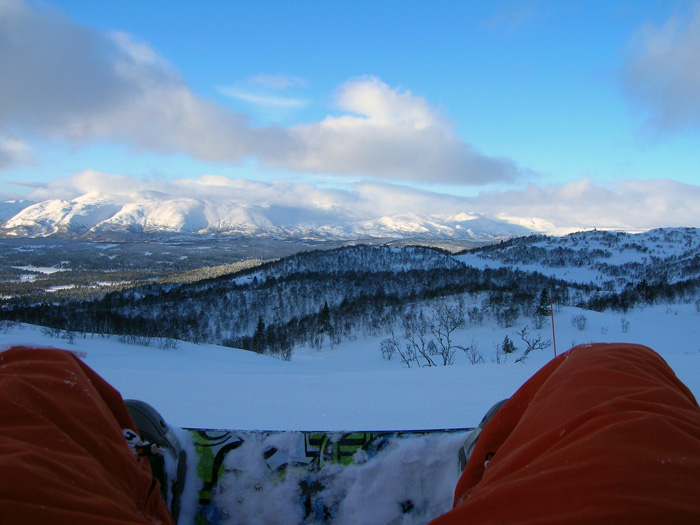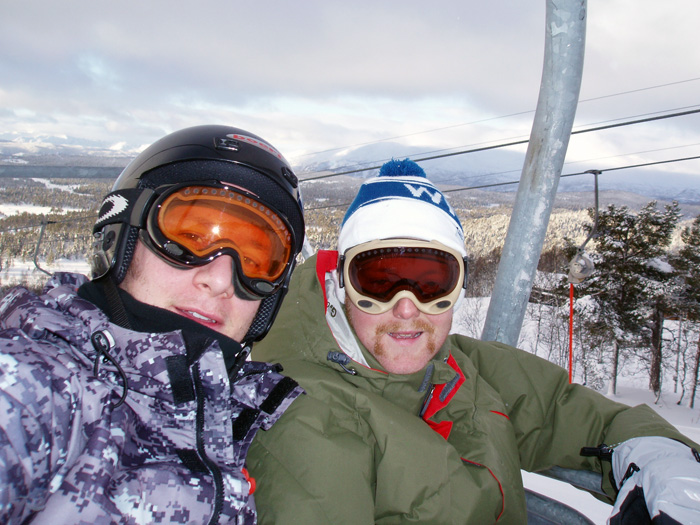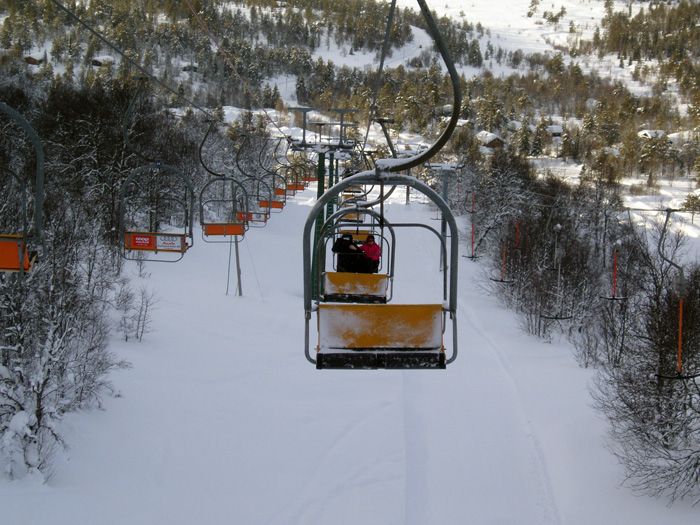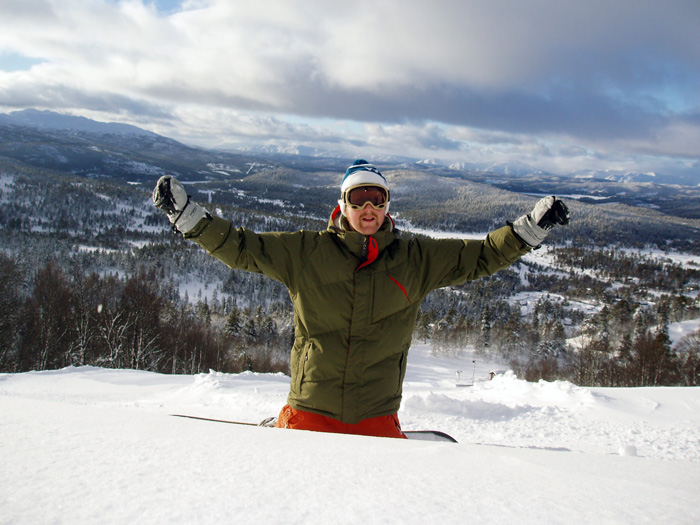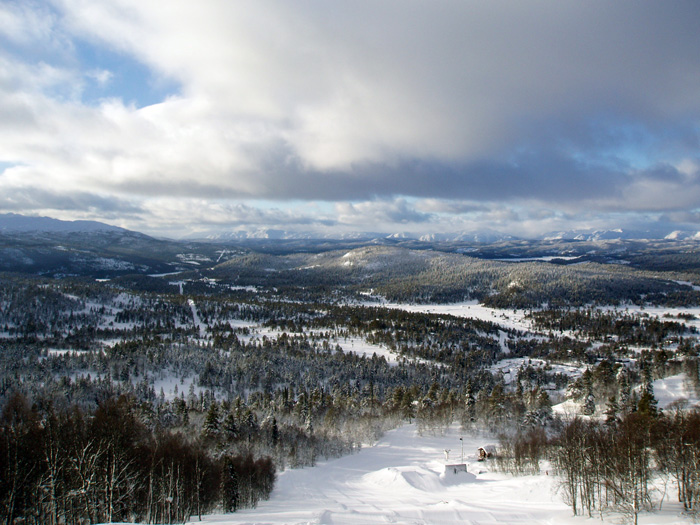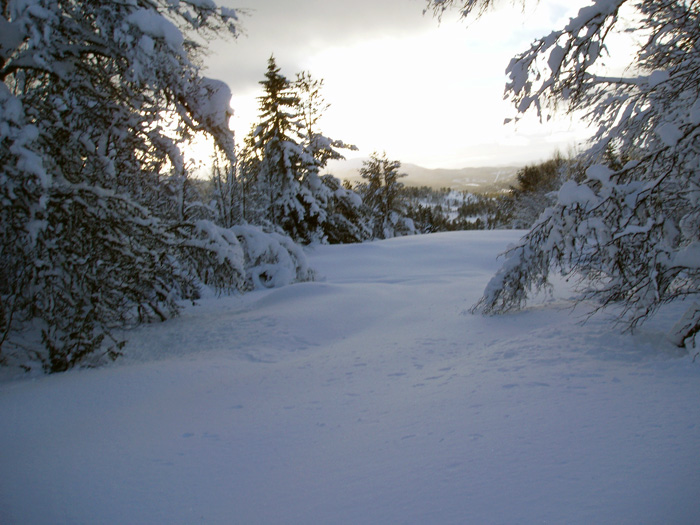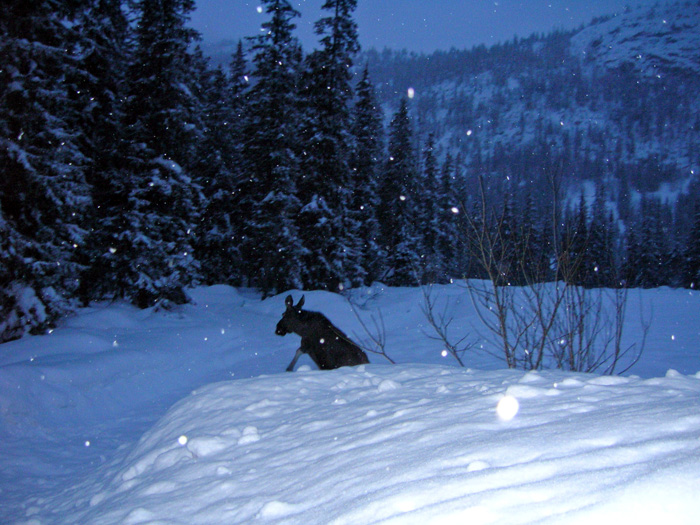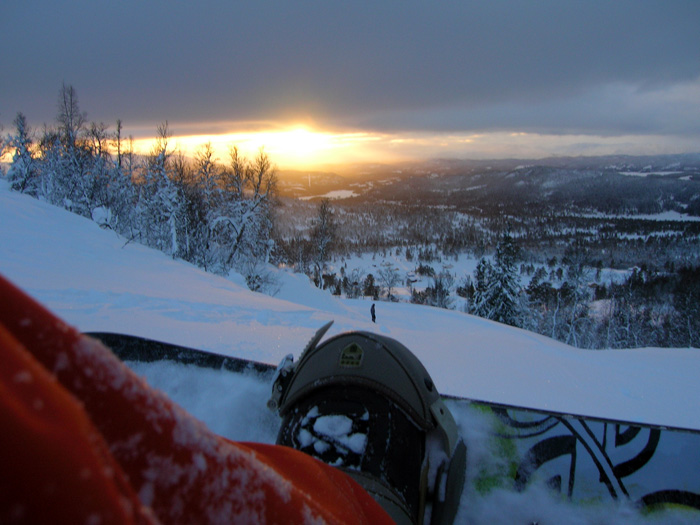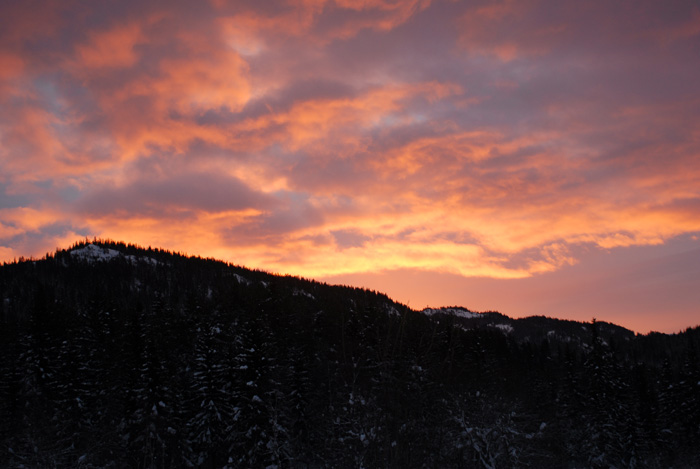anthony galvin
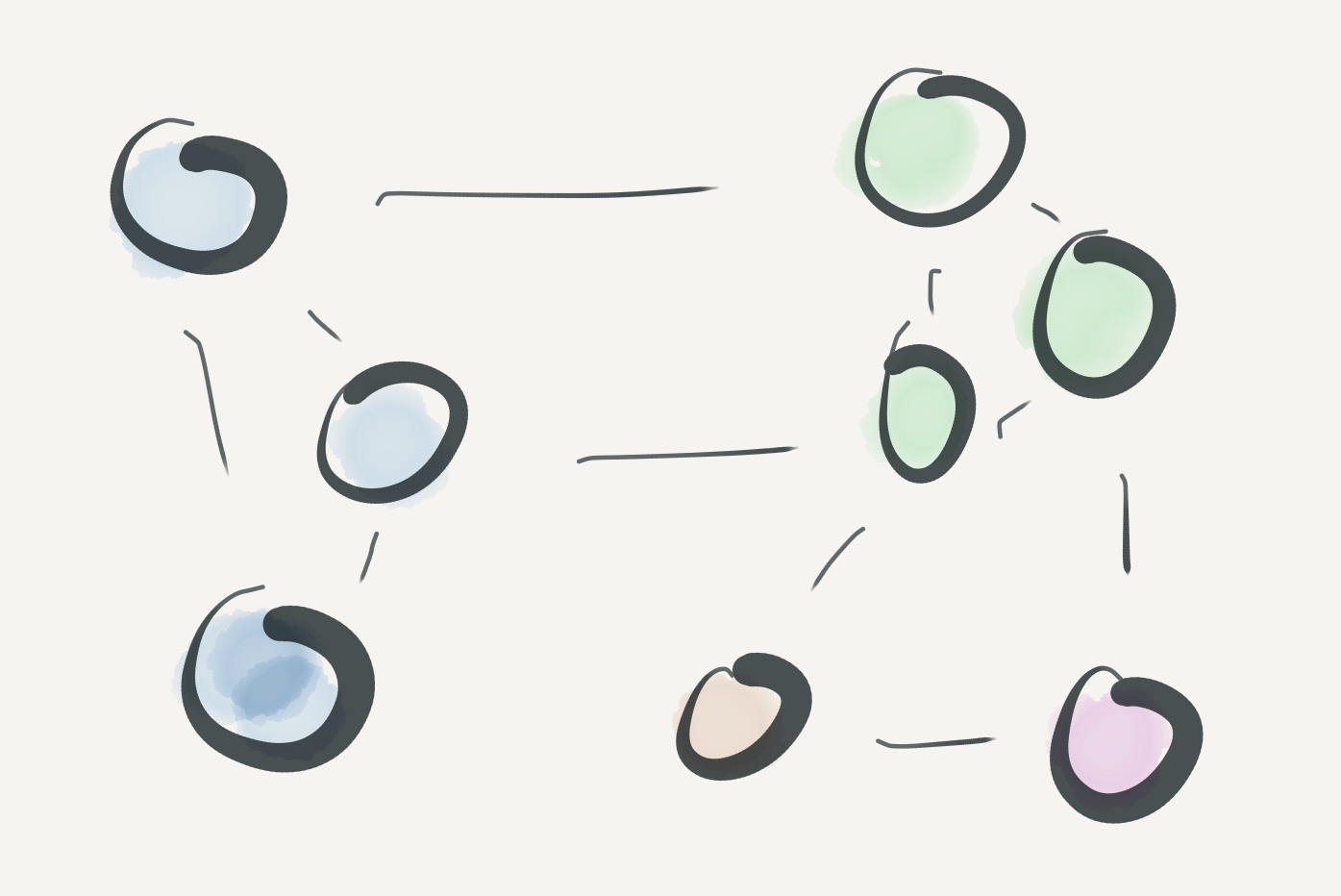
It often starts with a sigh. Away from work you hear the obvious sound of frustration when an app or service doesn’t work as expected or crashes at a critical moment. As more and more of our lives are mediated through different glass rectangles, the expectations and importance of delivering brilliant, scalable and reliable experiences on those devices grows.
Which means in practice that the numbers of people involved in creating and engineering the apps and services that people rely on are inevitably large. One of the challenges for people like myself responsible for delivering the software to make all this happen is that with so many people involved how do you create an environment that delivers high quality software and services.
It’s a bit of a management speak truism that everyone on a project is “on the same team”, but in practice that’s not really possible. For some of the global projects I’m working on at Huge, there’s often over 100 folks involved, with a large percentage of these made up of engineers in variety of locations. We have a common objective but in practice we are many teams.
Where location does play a factor is often around balancing time zone coverage so that there’s enough people in each location to ensure effective collaboration. There’s no point adding a single developer with almost no time overlap with anyone else on the project.
However, in practice the amount of overlap doesn’t always have the positive effect people might think. Complex engineering problems require deep focus and an environment that reduces interruption in addition to cross discipline collaboration. The reality of a distributed team is that at some point of the day there are times when there’s fewer people online. Which correlates with fewer interruptions.
Would I choose to have the engineering teams scattered across the planet if it was possible to have everyone in one building. Probably not, but the reality of the work is that this isn’t really possibly, and in practice it’s not the most important piece of the puzzle.
10/11/2018 permalink
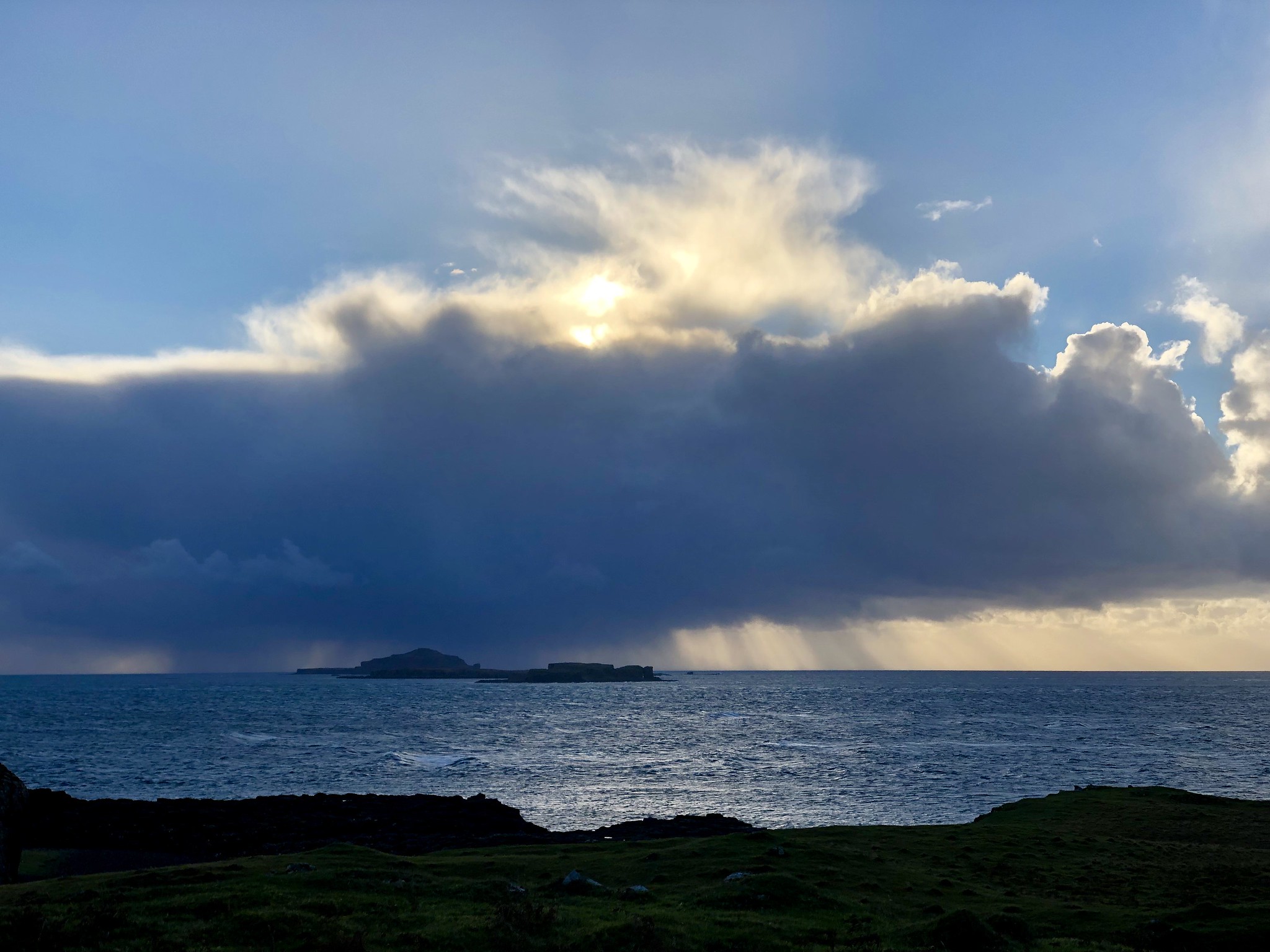
An autumn day on the west coast of Mull. It’s been wet all week and the desire to sit by the wood burner with a book and wine has been anchoring us all to the sofa.
But today it’s bright and clear, though the wind that’s bringing the change of weather is wiping down from the artic with an icy core.
Treshnish point is a rare corner of our nation of islands. Probably continuously inhabited for the last 6000 years, it wears the impact of human endeavour lightly. The landscape shaped by a mix of people, farming and the elements that sometimes pummel the exposed beaches and clifftops. There’s evidence of old sheep pens and landings as I walk beyond the last cottages at Haun.
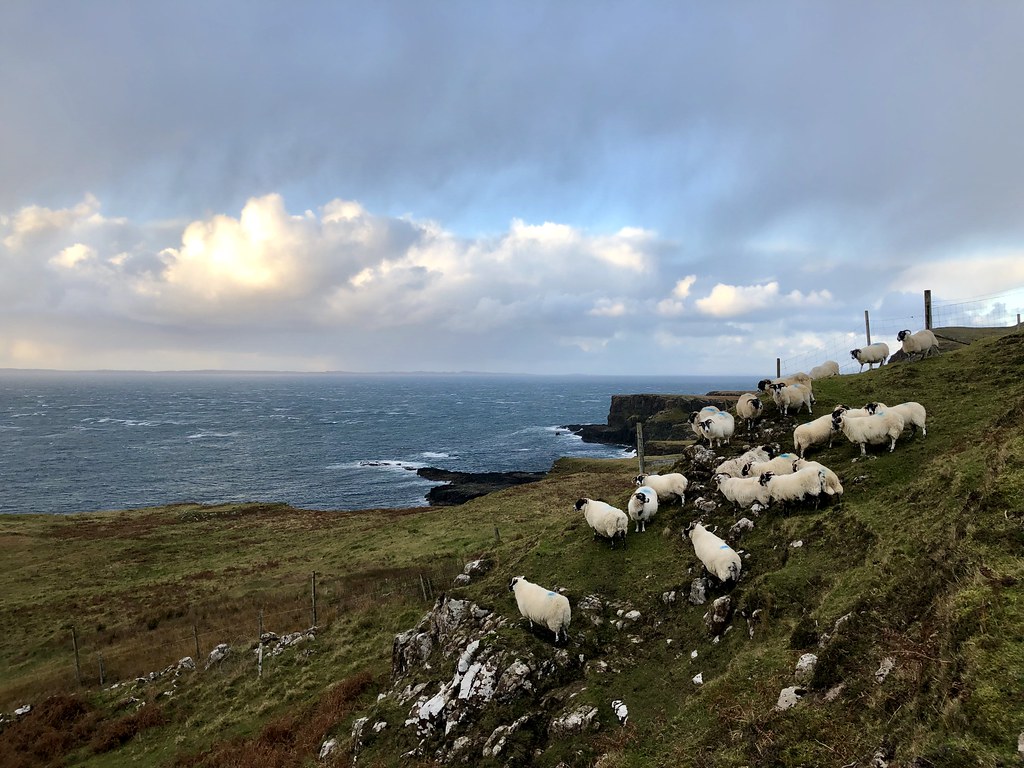
In late autumn the wild flowers that I’ve seen here are in retreat but the grasslands that foot the rocky steps are punctuated by a variety of fungus and mushrooms that stand out with their red and yellow marks against the bright greens and moody greys of the landscape.
With the wind behind I’m blown down the winding track past the rocky coves and rock stacks that look out to towards the twin islands of Coll and Tiree, and the carved presence of the Treshnish Islands. The ground is a little boggy underfoot in places, the result of a wet end to autumn.
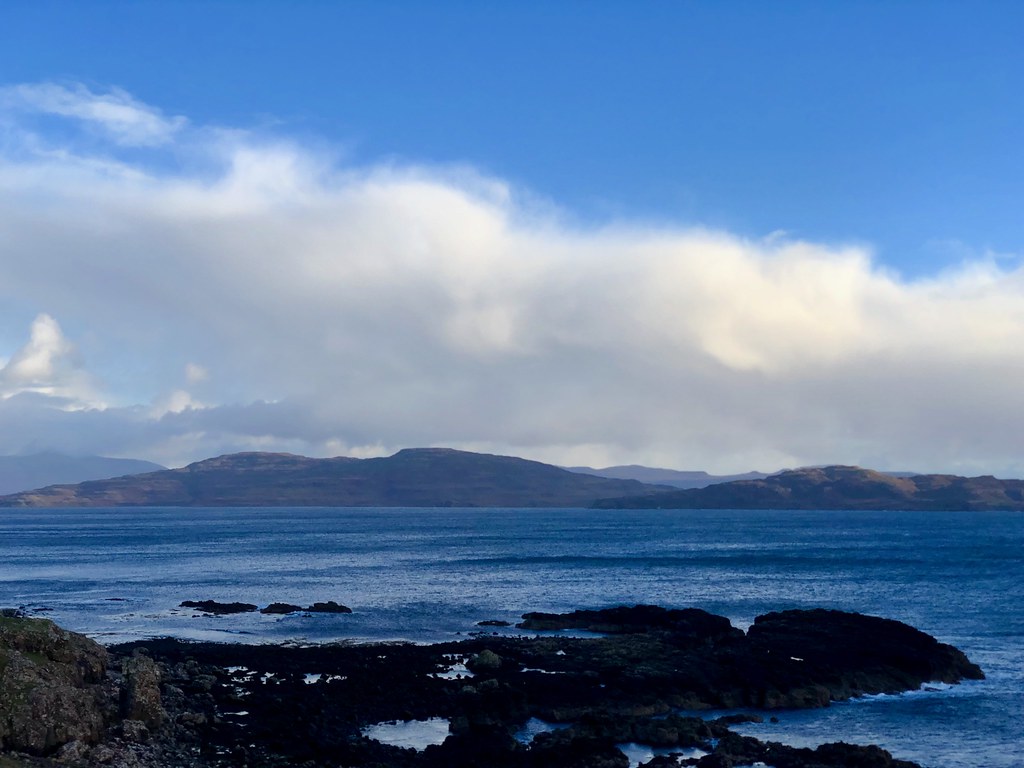
On along with the coast watching the huge waves crash into rocky stacks and across small pebbly beaches punctuated with small caves and dark black rock pools. As I round the corner, the vista opens up. The islands of Gometra and Ulva nestled into Loch Tuath. At first glance the two islands look like one, but on closer inspection the small gully between them is just visible in fading light. In the distance hidden amongst the clouds Mull’s own Monro, Ben More forms a brooding backdrop. Tomorrow the first snows of the winter will dust the tops, but today the mountain looks grey and austere.
A few minutes trying to soak it all in and then I turn, stoop into the wind and battle back along the headland to the comfort of the fire.
26/10/2018 permalink
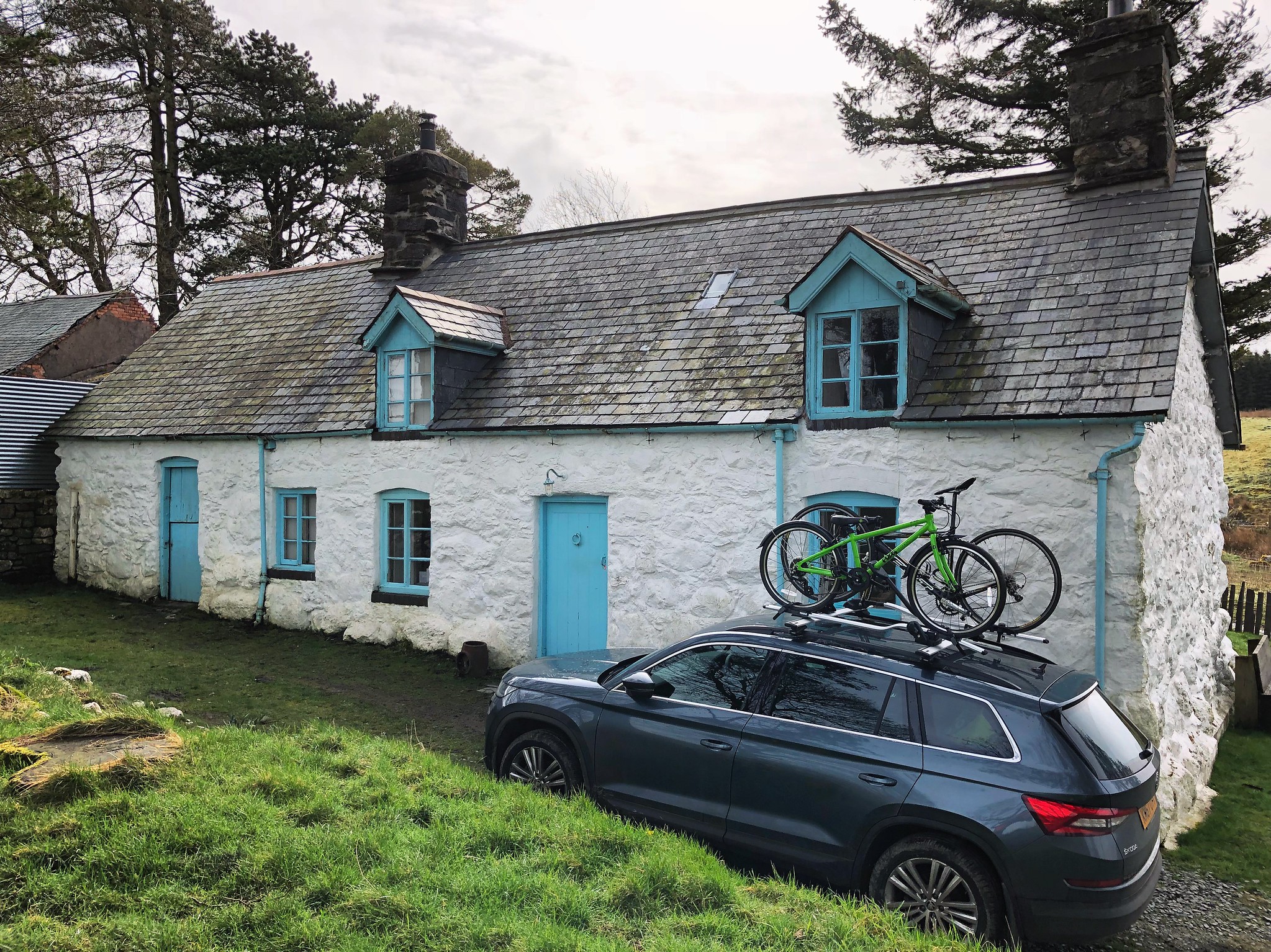
Nearly 7 years on and we are back at Rhyd Fudr. This time there’s four of us, and in the time that’s passed it seems that it is only us who have changed. The hills, houses, lake, rain and mud seem timeless.
But that’s not quite true. This time the sense of Wales being a separate country seems more acute. Perhaps, it’s the strident debate that’s escalated after the EU referendum, which in the media is played out with England and the UK as interchangeable concepts. Slightly out of season In North Wales, away from the crowds we are routinely mistaken for people who speak Welsh. There’s a lack of big chains in the small towns and villages. Even the Gin is made differently.
More than last time we were here, this corner of Wales seems like an escape.
17/05/2018 permalink
Do you still write code?
Some thoughts on technical leadership and coding.
The other day someone in the team asked me if I still write code. Which got me thinking about how, especially in agency land, senior technologists often don’t. Faced with the growing need for Technical management and client facing technologists, many larger digital agency environments have a fork in the road where people can pursue a less hands on route.
Over the years I’ve worked with lots of senior folks who continue to be practitioners. People from an engineering background who are still, at least some of the time working with software. This isn’t unusual in other fields - nobody expects the top brain surgeons to do all the operations, but they are expected to do some. The same is true for lawyers and in agency land often true for strategists and UX / design folks.
That’s not to say that management and leadership aren’t skills in themselves, skills that require practice and a significant time commitment. As an engineer the way you scale and produce a better output is (or at least should be) by having a team. The team is your unit of awesome.
There’s code, and then there’s code. On the projects I’m involved in the amount of real technical output I contribute varies significantly. Often the things I’m doing are prototypes, setting a direction - more like someone doing a sketch that communicate an approach or a style. It’s not about being ‘the best developer’, firstly because defining best is difficult (fastest, fewest bugs, most code, least code, best collaborator etc..) and also because that’s probably not your role on the project.
Sometimes it’s just about chipping in with a bug fix, picking up a few tickets and helping when the deadline is looming and JIRA is looking a bit unpleasant. It’s fairly unlikely that I’m going to be picking up lots of dev work across any of my client work, but it is an aspect of how I go about solving problems in my day-to-day work.
That’s not to say it’s easy to stay on top of the ever changing technology landscape, but for me it’s not a binary choice between management and coding. They are part of the dynamic of technical leadership, and it’s important that you make time to develop your skills in both areas.
2017-11-15 14:47:11 GMT permalink
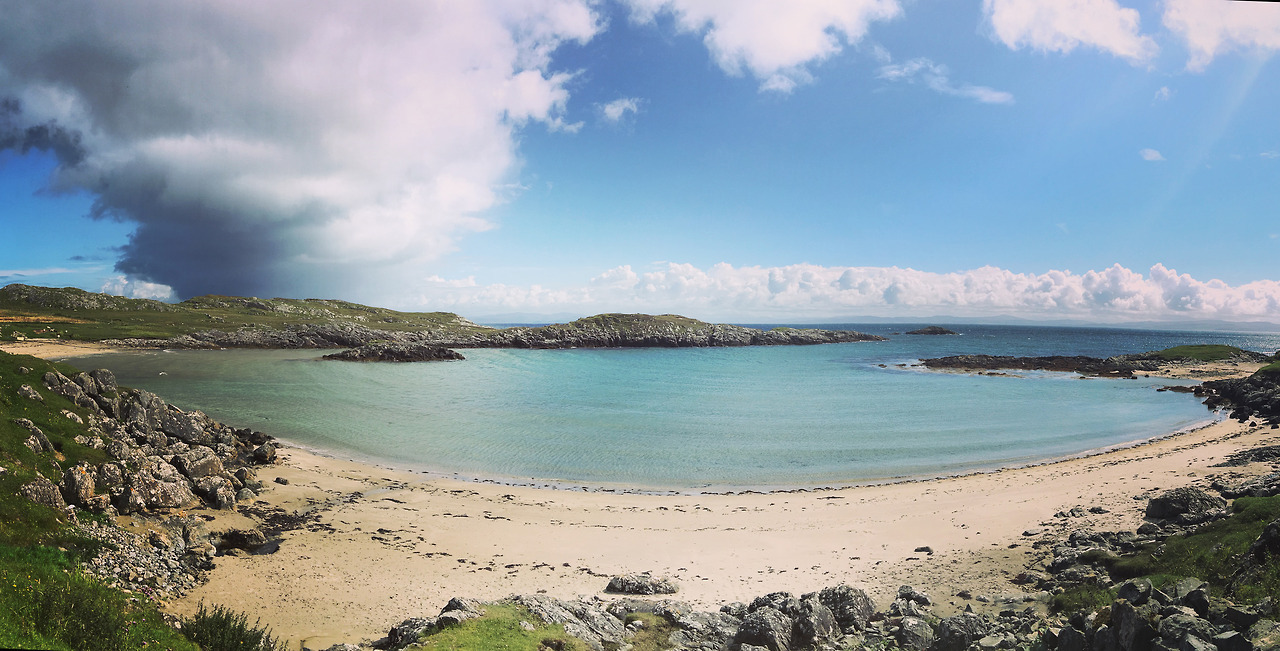
Once more. With feelings.
Back to the “inner isles” (Na h-Eileanan a-staigh) for our summer trip. Some new islands this year. But the same objectives: Immersing ourselves in landscape and history. Exploring beaches. Scanning the horizon for the wildlife (this time including Basking Sharks).
Each time we go back to these islands the connection gets stronger. Our collective Islomania intensifies.
3 weeks, 1500 miles driving, 5 Scottish Islands (Coll, Tiree, Mull, Ulva, Bute) and 11 ferries. Happiness.
2017-09-11 20:22:59 GMT permalink












































